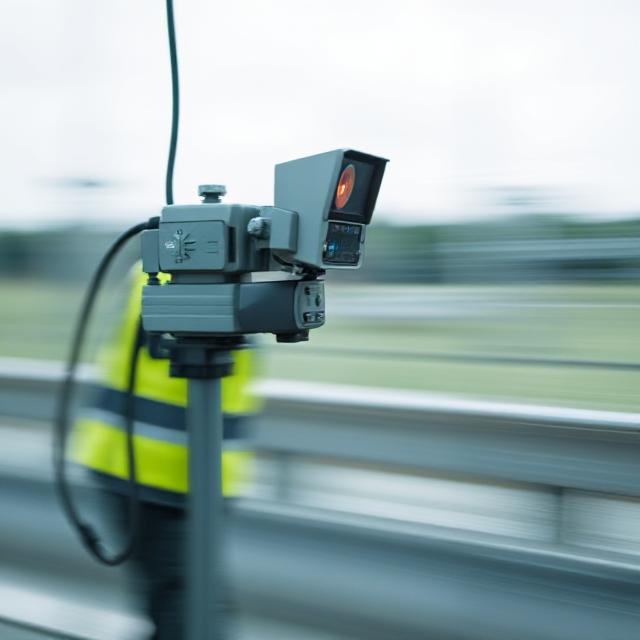Motion control forms the base for many automated tasks. It helps machines follow set paths with little error. Let’s start with the main ideas to build your know-how.
What Is Motion Control?
Motion control is the art of directing machine movement for top accuracy. It uses feedback from parts to adjust on the fly. Open-loop systems send commands without checking back, good for simple jobs. Closed-loop ones use sensors to verify and tweak, perfect for tight spots.
In automation, motion control shines by syncing multiple parts. Think of a conveyor belt that speeds up or slows down based on what’s on it. To get started, try open-loop for easy tasks like basic fan speeds. This builds your grip on motion control basics.
You can spot types in daily gear, like your car’s cruise control. It keeps speed steady without you touching the pedal. Principles of motion control stress feedback loops for reliability.
Components of Motion Control Systems
Every motion control setup needs core pieces to run smooth. Motors provide the power to move. Encoders track position and speed, like eyes watching every step.
Controllers act as the brain, running algorithms to decide actions. Drives boost signals to motors for strong output. In CNC machines, these link up to carve metal with micron-level detail.
Pick parts by your job’s demands. For heavy loads, go for motors with high torque. Test combos in small setups first to avoid big fixes later.
Add sensors for safety, like limits that stop overreach. This integration cuts risks in busy shops.
Evolution of Motion Control Technology
Motion control started in the 1920s with basic servos for ship steering. These early devices used mechanical links to follow paths. By the 1950s, electronics took over, making controls faster.
PID controllers came in the 1960s, a big step for steady adjustments. They balance position, speed, and effort in loops. Factories adopted them for repeat tasks.
Digital shifts in the 1980s brought computers into play. Now, software handles complex paths in robots. The history of motion control in industry shows steady growth from gears to code.
Milestones like microprocessors in the 1970s cut costs. This opened doors for smaller firms to use precise systems.
Types of Motion Control Systems
Different setups fit different needs. Knowing types of motion control helps you choose right. We’ll compare them with real examples to make it clear.
Servo-Based Motion Control
Servo systems use feedback to hit exact spots. A motor turns, and sensors report back to fine-tune. This loop keeps errors low, often under 0.01 degrees.
Robotics love servos for their grip. Fanuc robots in plants grab and place parts with no shake. They handle quick changes in load too.
Calibrate your servo loop often. Aim for under 0.1% error to keep things sharp. Test with light loads first, then ramp up.
Servos cost more but pay off in high-stakes work. Pair them with software for custom paths.
Stepper Motor Systems
Stepper motors move in set steps, like climbing stairs. Each pulse from the controller shifts it a bit. This makes them cheap and easy for open-loop use.
3D printers rely on them for layer-by-layer builds. Steps ensure even heights without drift. You get good enough precision for hobby or pro prints.
Add micro stepping to smooth out jumps. It cuts noise and vibes, leading to cleaner results. Start at half-steps for your first try.
They’re great for fixed paths, but overloads can skip steps. Watch power draw to stay on track.
Linear and Pneumatic Motion Control
Linear actuators push straight lines with belts or screws. They suit slides and lifts needing steady force. Sensors add feedback for closed-loop control.
Pneumatic systems use air pressure for fast snaps. Grippers on auto lines grab parts in a blink. They’re tough for dirty spots but need clean air.
Mix linear with pneumatics for smart packaging. Sensors spot items and adjust grabs. For hybrid setups, test air flow to match motor speeds.
These handle big forces well. Tune valves for speed without slams.
Applications
Motion control touches many fields. From factories to hospitals, it drives key tasks. See how it fits in to spark ideas for your work.
Motion Control in Manufacturing and Robotics
In manufacturing, motion control speeds up lines and cuts waste. Robotic arms weld or sort with pinpoint aim. This boosts output by 30% in some plants.
Tesla uses it for car builds, where bots paint and bolt without flaws. Vision cams pair with controls to spot bad parts early.
Add sight systems to your setup. It flags defects fast, saving time. Start with basic cams on slow lines.
Robots with motion control run 24/7. They adapt to new jobs via software tweaks.
Use in Aerospace and Automotive Sectors
Aerospace needs motion control for safe flights. Fly-by-wire setups in planes adjust wings on data alone. This keeps rides smooth in turbulence.
Boeing planes use algorithms to trim fuel use. Stable controls mean less drag and longer hauls. Test sims cut real-world risks.
In cars, it handles stability during turns. Sensors read wheels and brakes adjust quick. Sim motion profiles before installs to save gas.
These sectors demand zero fails. Redundancy in systems adds layers of safety.
Conclusion
Motion control covers basics like parts and types to wide uses in shops and health. From servos in bots to linear drives in planes, it ensures exact moves. Challenges like vibes yield to smart fixes, paving for AI boosts.
Key takeaways include:
- Start with core components matched to your load.
- Sim paths before real runs to spot flaws.
- Calibrate often and track data for top efficiency.
- Blend feedback types for hybrid power.
- Watch trends like IoT to stay ahead.
Dive into motion control for your next project. It sharpens work and opens new paths. Grab the tools and build something precise today.





